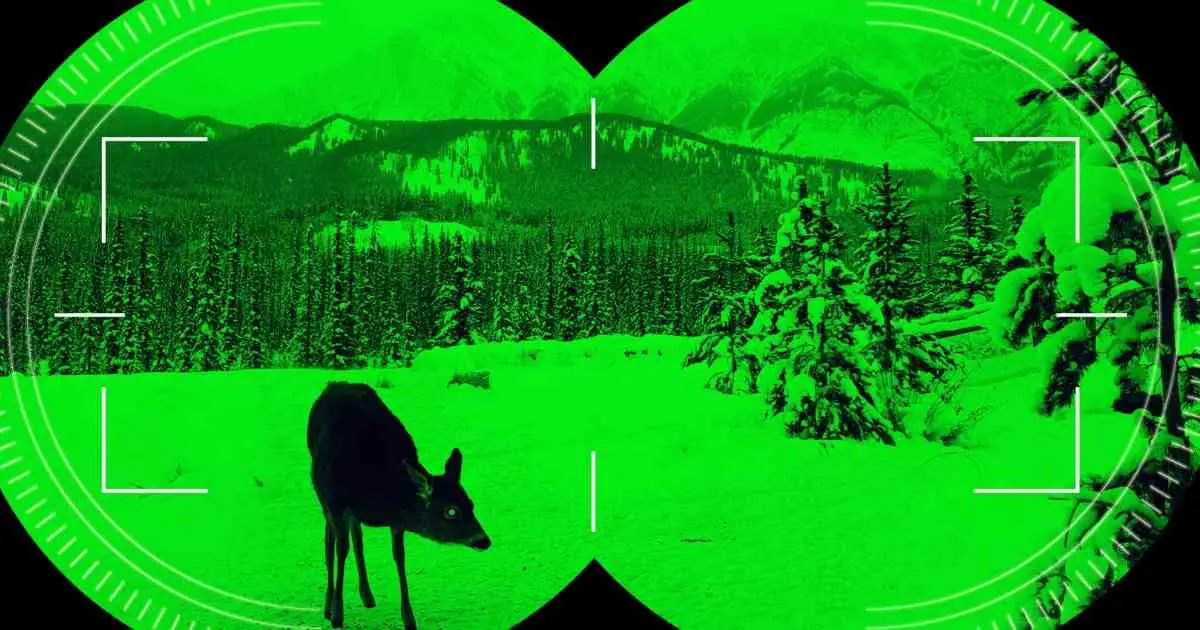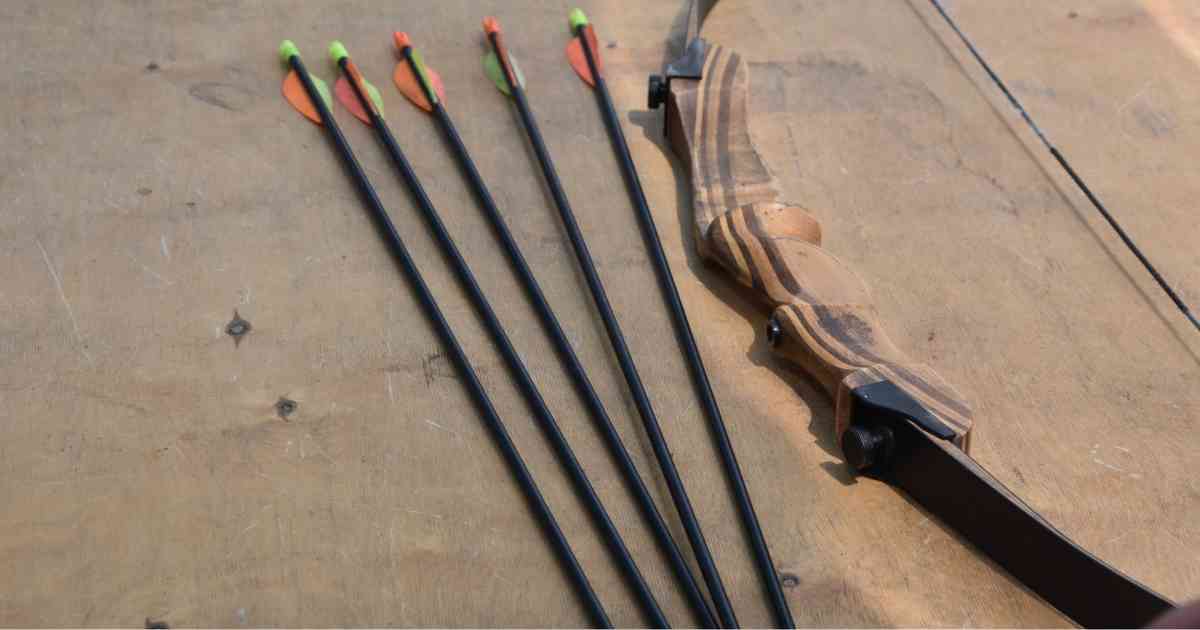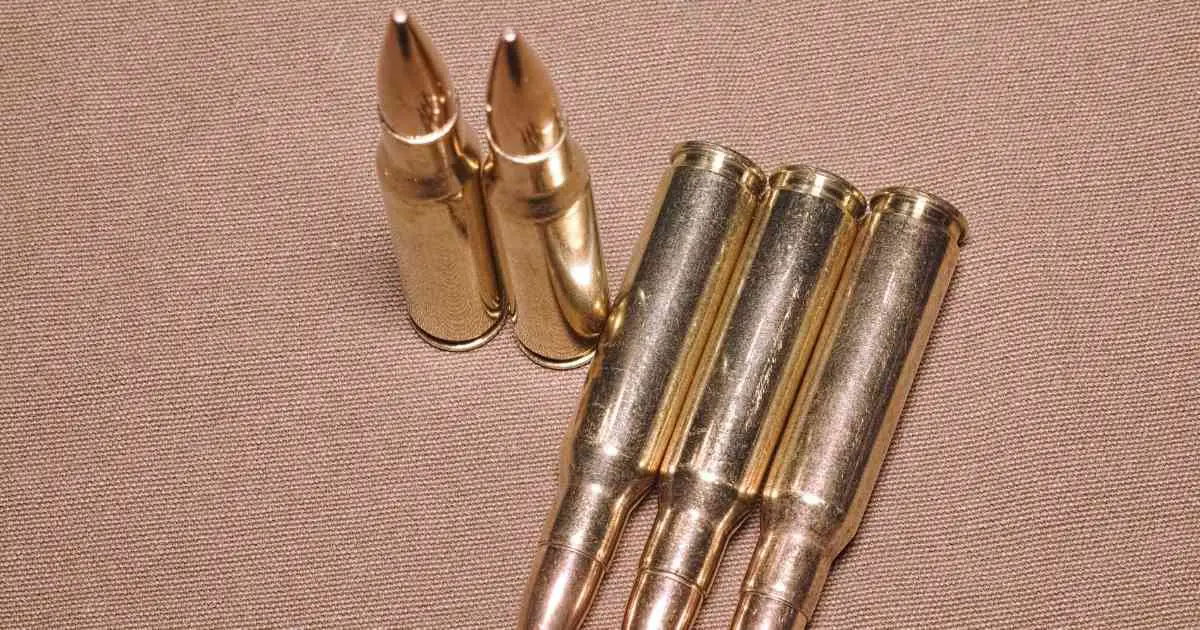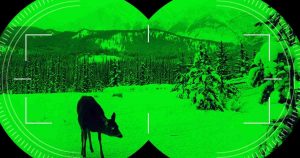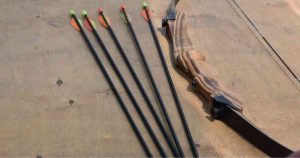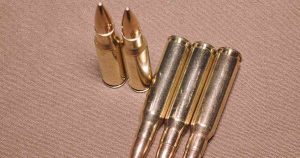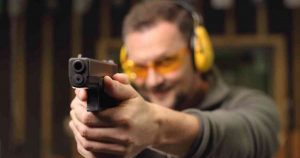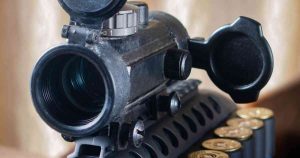A laser rangefinder is a tool you probably own or have thought of owning. That is if you are serious with your hunting. This instrument will greatly increase your odds of going home with a kill.
But how exactly does it work, and how is it used in the field? In this article, we will be looking at how to use a laser rangefinder for hunting. As well as looking at some of the limitations of these rangefinders.
How does it work?
Without getting into the boring technical stuff, a laser rangefinder is simply a laser, a light meter, and a clock. When you point it at an object the laser hits the object and a part of the beam bounces back.
It is this part that is registered on the meter. The time taken by the beam to make its round trip is measured by the clock. This is used to give an estimate of the distance between you and your prey.
Scientifically speaking harder objects will return a more powerful beam while softer objects tend to diffuse the laser beam. This means it’s hard to accurately measure the range of a softer object. Given that whitetail deer are soft and have fur, the reading given by the rangefinder may not be accurate.
Apart from a laser rangefinder, you can also opt for the Best rangefinder binoculars. However, some of these binos can be costly. So ultimately you may be best served by a stand alone rangefinder paired with the cheapest binos such as Best binoculars under 100 dollar.
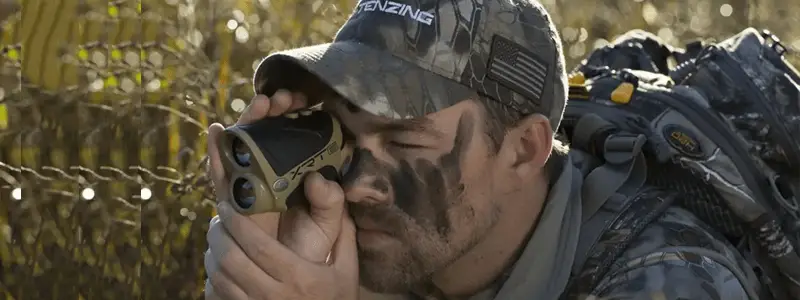
Use it for scouting
If you are fond of using a blind for hunting, a rangefinder may come in handy. Especially when preparing for the start of the hunting season. Most probably you have identified several locations frequented by deer or any other prey.
Knowing the distance to locations rife with deer activity during the hunting season will help you in setting up the blind. Ideally, you will be interested in knowing the difference in distance between 150 yards and 300 yards.
When the deer is in sight
When out in the field you will want to make slow and steady movements so as not to alert your prey. If your range finder has the scan mode feature it is best to use it. The scan mode feature gives you a running measure of moving targets.
Thus it comes in handy when you are trying to measure the distance of a moving deer. Ideally, you do not want to be ranging when the deer steps into a clearing. This is the time to take your shot.
One technique used by smart hunters is ranging solid objects near the deer. As mentioned above rangefinders do not give accurate readings for soft targets. Aiming at a nearby rock or tree will give you a more accurate reading.
Understanding their shortcomings
As with any other man-made tool, laser rangefinders are not without their shortcomings. One of the main is that they give the readings of the first object the laser hits. Thus, they do not work well in areas with thick vegetation.
To combat this problem try and anticipate where an animal will move to next. This is where scouting becomes necessary. Scouting an area before a hunt will help you identify landmarks to use for ranging.
Straight trucked trees make receiving accurate range easy. This is even when the ground is dominated by laser deflecting vegetation.
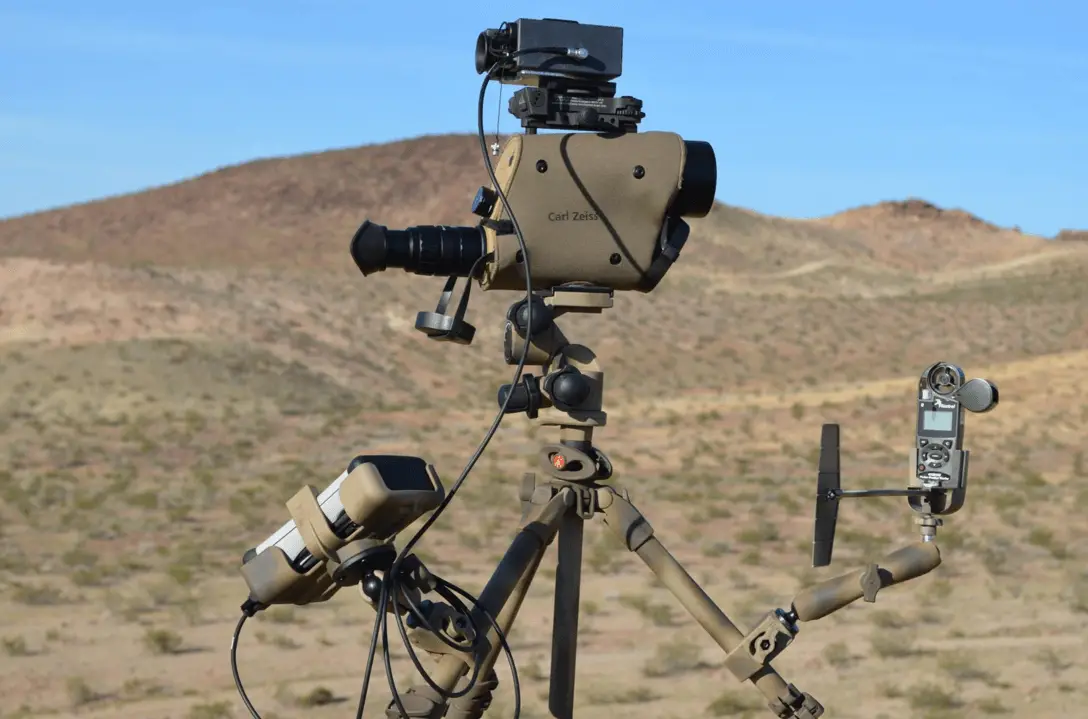
Factor in the angles
Tree stands can be very useful for hunting. However, using a laser rangefinder to estimate the distance of an animal that is on the ground might not yield the right result. This is especially if you are hunting from a tree stand or steep terrains.
The best way to get an accurate reading from an elevated position is to range tree trunks at eye level. Measuring the range of the tree will give you a range of anything that is at the base of that tree.
Trust your gut
No matter how hi-tech your laser rangefinder is, it shouldn’t replace your gut instinct. When you feel the reading you’re getting is not correct it is always wise to range again. Sometimes the yardage given by your rangefinder may not be accurate and it pays to check again to be sure.
Conclusion
Like treestand, trail cameras and compound bows, laser rangefinders have changed the way we hunt. The Best rangefinder binoculars will increase your chances of bagging yourself a prized buck.
In conclusion, there is a wide variety of laser rangefinders to choose from in the market. Most of which can be used alongside the Best binoculars under 100. And other instruments we use for hunting.

